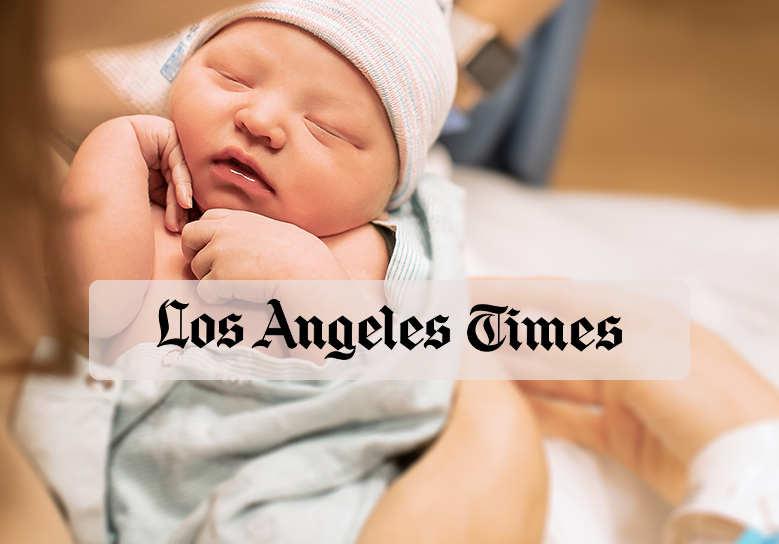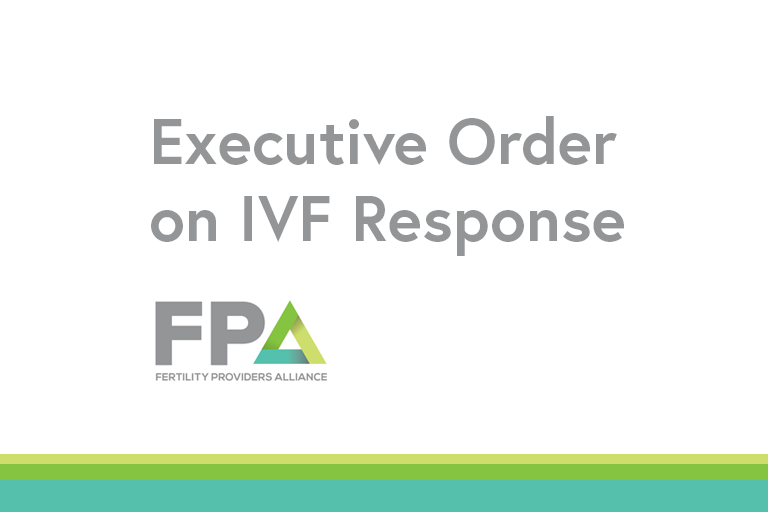The staff at the Reproductive Science Center (RSC) understands that the decision to seek fertility treatment can be difficult. For a couple considering fertility treatment, it is important to ask the right questions about success rates, costs, medical services, and financial options. Also, consider your relationship with, and trust in, your physician.
Our advice to patients considering fertility clinics is to be certain they understand all aspects of their decision, and to make certain they receive understandable answers to any questions they may have. Understanding these issues before beginning treatment can save time, energy, frustration, and money. It may also increase your chances of achieving a successful pregnancy.
1. What factors should be considered when choosing a treatment program?
- Success rates
- Full range of procedures performed
- Treatment flexibility and customization
- IVF program stability over time, with an established “good track record”
- Financial options, including insurance participation and financing
- Staff accessibility and response
2. Is it possible to evaluate clinics objectively?
Interpreting statistics of fertility programs requires patience and care. Individual assisted reproductive technology (ART) programs do not use a standard format for reporting their success rates in advertisements and promotional literature, making comparison among clinics difficult. The Centers for Disease Control and Prevention (CDC) and the Society for Assisted Reproductive Technologies (SART) publish clinic-specific data on most of the ART programs in the U.S. Each clinic reports its annual outcome data to SART in a standardized format.
The SART report is comprehensive and provides valuable information about each clinic, including the number of cycles performed, pregnancy rates by age (with or without male factors), miscarriage rates, and average patient age.
You may be able to see trends or patterns that will help you understand the quality, stability, and experience of the programs you are considering, especially if evaluated over time. The SART reports are available online on a clinic-by-clinic basis.
We encourage you to visit the American Society for Reproductive Medicine (ASRM) for information on objective criteria.
3. How do I evaluate clinics based on current statistics?
While recent advances in fertility treatment are improving patients’ chances for success, it can also mean that the most recently published statistics available from CDC/SART may not reflect your actual odds. Ask the clinics you are considering for current statistics. Be sure to ask for documentation on the statistics, as well as for statistics for your age range and infertility diagnosis.
Since beginning an IVF program, RSC has published a comprehensive statistical analysis. of all ART cycles performed in its center and outcomes. We strongly encourage anyone considering advanced fertility treatments to obtain the same information from each clinic they are considering. View our most recent success rates.
4. How important are the statistics?
Couples with normal fertility have a 20-to-25-percent chance of conception each month if they have intercourse at the proper time of the cycle. Therefore a fertile couple has at least a 93 percent chance of achieving pregnancy within a year.
To help you understand how important success-rate statistics are, we’ll compare two theoretical clinics, Clinic A with a 30-percent delivery rate per cycle and Clinic B with a 12-percent delivery rate. From the chart below, you can see that the average couple undergoing IVF can expect:
- Clinic A (30 percent delivery rate): a 65 percent chance of delivery after 3 cycles
- Clinic B (12 percent delivery rate): a 31 percent chance of delivery after 3 cycles
| Clinic A: 30 % Delivery Rate | Clinic B: 12% Delivery Rate | |||
| # of Couples | # of Deliveries | # of Couples | # of Deliveries | |
| Cycle 1 | 100 | 30 | 100 | 12 |
| Cycle 2 | 70 | 21 | 88 | 10 |
| Cycle 3 | 49 | 14 | 78 | 9 |
| Total Deliveries | 65 | 31 |
You may also notice that you have nearly the same odds of success in one cycle at Clinic A as you have with three cycles at Clinic B. So, even if Clinic A’s fees are higher than Clinic B’s, you may save money with treatment at Clinic A.
5. How do I know that the fertility center I am considering offers a full range of services?
First, ask a lot of questions and listen carefully. Some centers specialize in one form of treatment, and all patients receive that form of treatment; unfortunately, other, more effective treatments may be overlooked. At RSC, we offer a full range of fertility treatments, and each patient undergoes a comprehensive assessment to ensure that all options are considered.
Secondly, we encourage patients to ask about all possible treatments, including surgery, intrauterine insemination (IUI), in vitro fertilization (IVF), egg donation, embryo freezing, and a full range of embryology services, including intracytoplasmic sperm injection (ICSI), embryo hatching, and preimplantation genetic testing (PGT).
6. Does it matter how long a program has been in existence? Isn’t newer better?
At RSC, we believe one of our strengths is our stability and longevity. Our physicians have been working together for almost 10 years, and we have worked with the same embryology laboratory director for over 20 years.
We recommend that anyone considering fertility treatment ask each clinic under consideration about stability and years of experience of the physicians and the embryology staff. Infertility treatment, particularly IVF, requires a great deal of timing, coordination and communication between doctors and embryologists. The longer teams have worked together, the more effective they are in assuring a well-executed treatment plan.
7. How much does treatment cost?
The costs for infertility treatments vary widely among clinics. The best way to assess your ultimate cost is to ask each clinic for a copy of its fee schedule. It is important to determine if there are any additional fees not included in the fee schedule such as hospital charges, drug costs, and testing.
At RSC, we recognize that cost is an important factor when selecting an ART program. Our financial options page provides information related to our refund and discount programs, as well as financing options.
In the San Francisco Bay Area, the costs for one cycle of IVF range from $14,000 to $19,000, plus medications.
The cost of medications is a significant portion of the total IVF expense, and can vary. RSC has developed a relationship with a pharmacy offering competitive prices and the convenience of shipping to your home. There is the added benefit of verifying your insurance coverage for medications.
8. Will my medical insurance cover infertility treatment?
Approximately one-half of insurers provide limited coverage for intrauterine insemination services. RSC participates in many local physician groups that represent the many commercial health plans in Northern California.
It is not highly likely that your insurance plan will provide coverage for in vitro fertilization, although some of the initial diagnostic examinations, and the medications, may be covered. In most cases, you will be covered for pregnancy resulting from fertility treatment. There are a few insurance plans that do cover IVF services.
Insurance companies usually have hundreds of plans to offer employers, each with different benefits. Contact your insurance provider and ask them what your insurance plan benefits are for infertility treatment. Our practice can investigate insurance benefits for you. We can also provide you with the necessary forms so that you may submit claims for reimbursement by your insurance company.
You may wish to consult ASRM’s website for information regarding state infertility insurance laws.
9. What other financial matters should I be considering?
When choosing an ART program, look for flexibility and evidence of programs designed in response to patients’ needs. The Reproductive Science Center has many financial options for patients, including a refund program, a discount program, and financing options that cover medication costs. See our financial options page for additional information, or contact one of our financial counselors at (925) 867-1800.
10. Who will be on my fertility treatment team, and how will I know how I am progressing?
Communication is a vital element in successful fertility treatment. The physicians at RSC are joined by a highly qualified team of nurse case managers, working collaboratively to coordinate your care. All of the physicians in our center may be involved in your care, along with IVF nurse case managers, operating room nurses, and embryologists.
At RSC, we have one of the most experienced teams around. Every IVF patient is assigned a nurse case manager, who will provide an overview of IVF, assist in communications, provide instructions, and make certain that any questions you may have are addressed.
We encourage individuals considering several clinics to ask about the availability of nurse case managers, and methods of care coordination and communication.
11. What other online resources are available for evaluating a fertility program?
The ASRM has a helpful publication “Selecting an ART Program” – a consumer’s guide to evaluating a fertility clinic, including a review of how success rate claims are calculated by providers.







